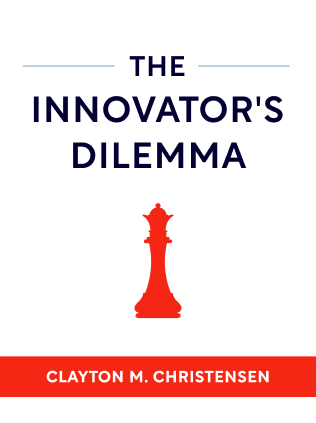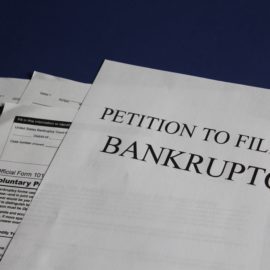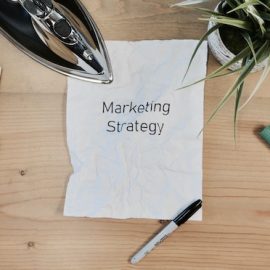

This article is an excerpt from the Shortform summary of "The Innovator's Dilemma" by Clayton M. Christensen. Shortform has the world's best summaries of books you should be reading.
Like this article? Sign up for a free trial here .
What are some examples of customer-driven innovation? What themes do you see from customer-driven innovation examples?
Customer-driven innovation examples are cases where new developments were based on customer needs and wants. Innovations that do well with existing customers in a given industry usually offer a meaningful change in convenience.
Read on for some customer-driven innovation examples that did well based on convenience.
What Are Some Customer-Driven Innovation Examples?
Performance oversupply is straightforward in theory, but it requires managers to be acutely tuned into their customers and the market as a whole.
Throughout a product’s existence up to that point, the managers have maintained success by asking the same question: How can we make this product perform better? Managers must recognize when that is no longer the most important question.
We’ll look at two companies that succeeded by not making functionality their top priority in these customer-driven innovation examples.
Intuit’s Simple Software Disrupted the Market
The company Intuit exploited performance oversupply in the financial software market. Intuit disrupted the market with Quicken for personal finances and Quickbooks for small business accounting. Both products were far easier and more convenient to use than competing products.
Existing financial software was robust, capable of producing detailed reports and analyses—but the individuals and small-business owners using the software didn’t need (and often didn’t know how to use) that level of sophistication. The performance oversupply made space for Intuit to take over, and Quickbooks dominated 70 percent of the market within two years of its debut.
Over time, the company maintained its dominance by making the software increasingly simple and convenient—not by adding features. Customer-driven innovation examples like these show the importance of convenience. Engineers took their cues from watching how customers used the software, and identifying aspects that might be confusing, instead of acting on the results of market surveys and expert analyses.
Customer-Driven Innovation Examples in the Insulin Market
In a far different market, two companies took vastly different approaches to disrupting the market for insulin, which diabetics use to stabilize their blood sugar.
Insulin manufacturer Eli Lilly and Company spent decades leading the industry. The company continually made sustaining innovations by increasing the purity of insulin, which was extracted from cows’ and pigs’ pancreases. By 1980, Eli Lilly reduced the impurities to .02 percent of the levels in 1925.
However, the tiny amount of impurities that remained caused a negative reaction in a small portion of users. To resolve this, Eli Lilly invested nearly $1 billion in developing 100 percent pure insulin. But when the company introduced its product, which cost 25 percent more than competing products, sales were disappointing. It turned out that most of the market was satisfied with slightly impure insulin.
Around the same time, a smaller company, called Novo, introduced a truly disruptive product in the market: insulin pens. These pens made taking insulin much easier and faster than the existing technology. Although the pens cost 30 percent more than other insulin products, sales soared.
The reason Novo’s innovation outperformed Eli Lilly’s may seem clear in a retroactive review of these customer-driven innovation examples—the pens made the daily task of taking insulin far easier for all customers, while the purer insulin simply reduced the risk to a small number of customers. However, in the midst of things, it’s difficult for executives to have the clarity to recognize when a product is entering the next phase of its life cycle.

———End of Preview———
Like what you just read? Read the rest of the world's best summary of Clayton M. Christensen's "The Innovator's Dilemma" at Shortform .
Here's what you'll find in our full The Innovator's Dilemma summary :
- Christensen's famous theory of disruptive innovation
- Why incumbent companies often ignore the disruptive threat, then move too slowly once the threat becomes obvious
- How you can disrupt entire industries yourself






